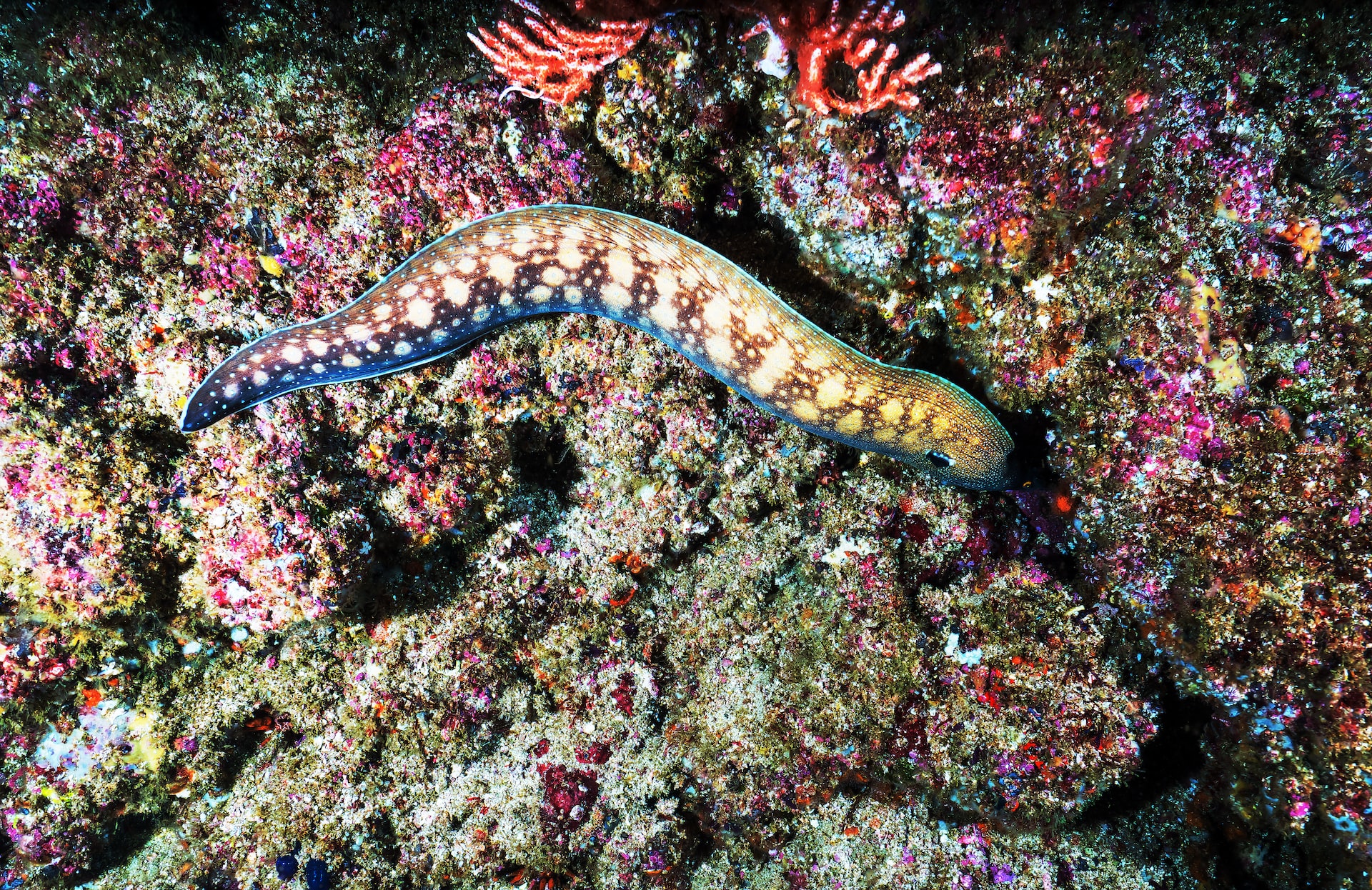The Fascinating World of Electric Eels: How They Produce Electricity and Why It Matters?

Electric eels are a fascinating and unique species of fish that are known for their ability to produce electricity. They use this electricity to navigate their environment, communicate with other eels, and even stun prey.
In this article, we will explore how electric eels produce electricity, from their biology to their behavior.
Anatomy of Electric Eels
Electric eels are long, cylindrical fish that can grow up to 8 feet in length. They have a dark brown or gray coloration and smooth, slimy skin. Unlike most other fish, electric eels have no scales, and their skin is covered in a layer of mucus that helps them conduct electricity.
Electric eels have three pairs of organs that are used to produce electricity: the main organ, the Hunter’s organ, and the Sach’s organ. These organs are made up of thousands of cells called electrolytes, which are specialized cells that can generate electrical currents.
How do Electric Eels Produce Electricity?
Electric eels produce electricity by using their electrolytes, which are stacked together in a series of columns. When the eel wants to produce an electric shock, it sends a signal to its brain, which triggers the electrolytes to release a burst of electricity.
The burst of electricity produced by electric eels can range from a few volts to several hundred volts, depending on the size and age of the eel. The electric shock is used to navigate the environment, locate prey, and communicate with other eels.
The Behavior of Electric Eels
Electric eels are solitary creatures that are found in the rivers and streams of South America. They are predominantly nocturnal, and they spend most of their time hiding under rocks and other debris on the river’s bottom.
Electric eels are carnivorous, and they feed on a variety of prey including fish, crustaceans, and small mammals. They use their electric shock to stun their prey before consuming it.
Adaptations of Electric Eels
Electric eels have a number of adaptations that help them survive in their environment. Their skin is covered in a layer of mucus that helps them conduct electricity, and their organs are arranged in a way that allows them to produce a strong electric shock.
Electric eels also have a specialized nervous system that is able to withstand the high voltage of their electric shock. This allows them to use their electricity without harming themselves.
Importance of Electric Eels
Electric eels play an important role in their ecosystem, serving as both predators and prey. They help to control the populations of other species and are an important link in the food chain.
Electric eels are also important for research, as their ability to produce electricity has inspired scientists and researchers to develop new technologies and medical treatments.
Thanks for reading. Now, please do share these with your friends and spread some knowledge.





